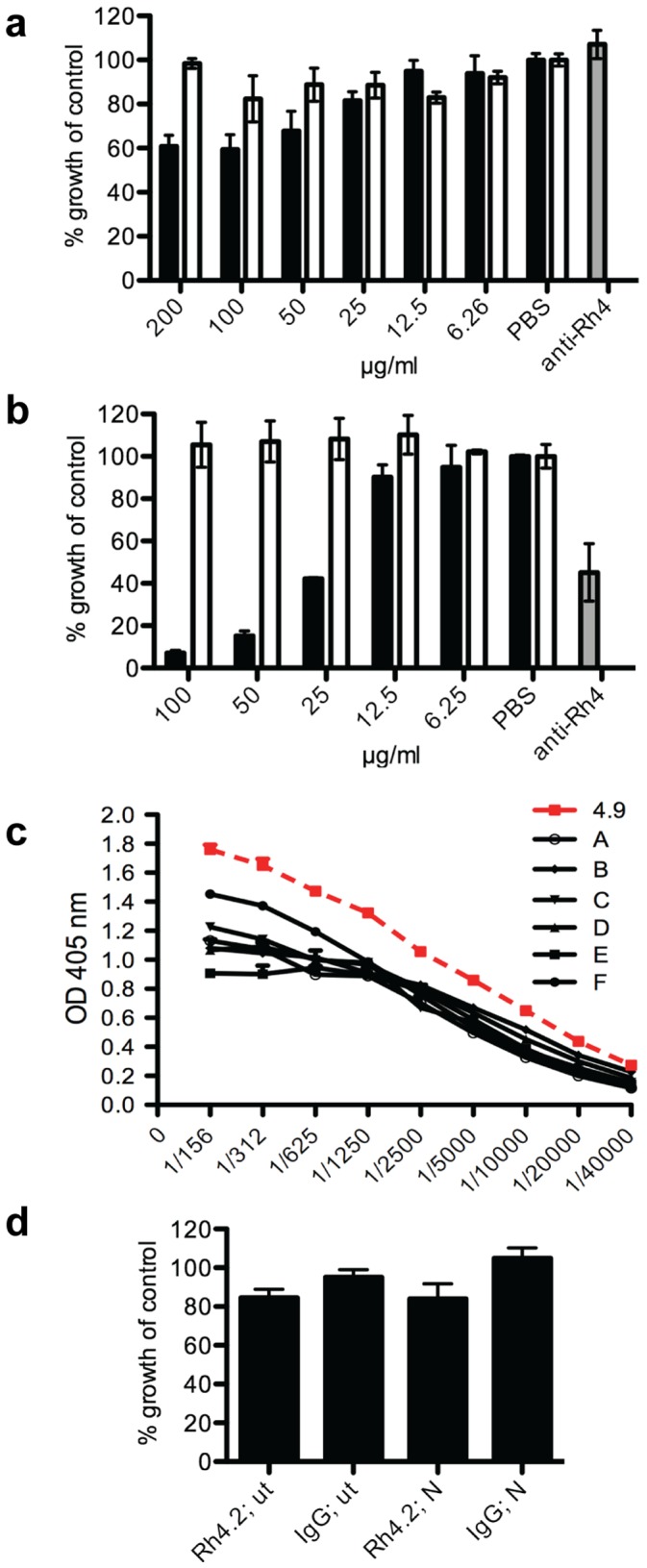Figure 2. Inhibition of erythrocyte invasion by affinity-purified human PfRh4 antibodies.

(a) Concentrationdependent inhibition of invasion by affinity-purified human antibodies to recombinant PfRh4.9. Increasing concentration of PfRh4.9 antibody (black bars) resulted in increased invasion inhibition into untreated erythrocytes, whereas varying concentrations of human non-immune IgG had no effect (white bars). (b) Concentration-dependent invasion inhibition by PfRh4.9 antibodies into neuraminidase treated erythrocytes. Results for (a) and (b) show means from 2 independent experiments, each run in duplicate, and are expressed as % growth compared to PBS control. Error bars represent the SEM between all 4 values. Anti-Rh4.9 rabbit antibodies, a known inhibitor of invasion, was used as a control (grey bars). (c) ELISA results plotted as OD at 405 nm (y-axis) to compare concentrations of affinity purified PfRh4.9 antibodies and high responders (samples A–F) from the Mugil cohort. Different dilutions as indicated on the x-axis have been tested on recombinant PfRh4.9. (d) Invasion inhibition mediated by anti-PfRh4.2 antibodies (at 300 µg/ml) in relation to invasion inhibition mediated by non-specific human IgG (250 µg/ml). Results represent the mean from two independent experiments, each sample tested in duplicate. Error bars represent the SEM; ut: untreated erythrocytes, N: Neuraminidase treated erythrocytes.
